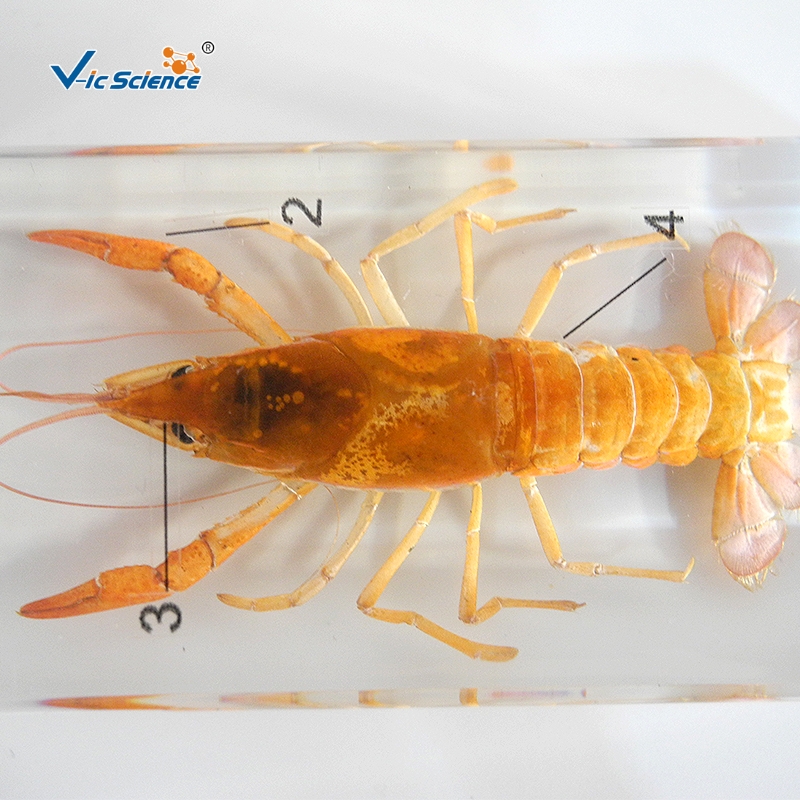- PRODUCT
Experimental consumables
Microscopes
Biological specimen
Microscope prepared slides
- Biology slides
- Human histology slides
- Botany slides
- Zoology slides
- Human pathology slides
- Parasites slides
- Blood test slides
- Microbiology slides
- Rock slides
- Plastic microscopic slides
Teaching models
Experimental equipments
Microtome and dispossible
Heating mantles
Specimen
Slide boxes

Xinxiang Vic Science&Education Co.,Ltd.
Address:NO.1 Building N0.999 East Gaoxin Road Bio Science Hi-Tech Zone Xinxiang Henan Province CHINA
Tel:0086-373-5128325
Fax:0086-373-5128357
Linkman:Joy
Mobile:0086-18337360216(Joy)0086-18737330183(David)
Email:Joy@vicscience.com(Joy)info@vicscience.com(David)
- Technical Communication Home > Technical Communication
Causes of damage to hydrobios specimens

Hydrobios specimens are the basis of aquaculture teaching and research, and also play a vivid, intuitive and comparative role in anatomy research, science education, ecological heredity and scientific research. But sometimes it will be damaged for various reasons. Vic editor will take you to analyze it.
1.Operational factors
In the process of teaching and scientific research, many students' nonstandard operation will cause specimen damage. Moreover, the unscientific storage and maintenance methods of the administrator will also cause damage to the specimen.
2.Environmental factor
The specimen room is usually closed. The lack of convection in the indoor air, coupled with the volatilization of the preservation solution, makes the whole indoor air extremely turbid, which is very harmful to the preservation of specimens. In the southern climate, especially in the rainy season, the anti-tide is very severe. As soon as the doors and windows are opened, the moist air brings in the moisture. Once the temperature warms up, the moisture condenses and sinks, resulting in mould growth, which is very unfavorable for specimen preservation.
3.Production factors
The quality of specimen preparation is not up to standard. For example, incomplete peeling and soaking during the process of specimen preparation make the fish skin wrinkled and deformed, improper use of preservatives and unclean fillers make the specimen moldy; The quality of the sample will be affected by the inappropriate concentration of the preservation solution of the soaked sample, the lax sealing of the bottle mouth, and the improper preliminary treatment of the sample.
Therefore, it is necessary to master scientific storage methods when using and preserving specimens in order to prolong the service life of biological specimens.


















